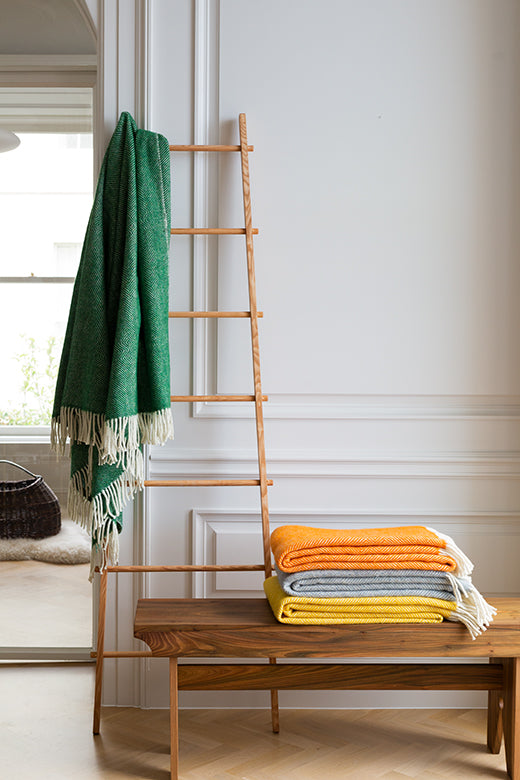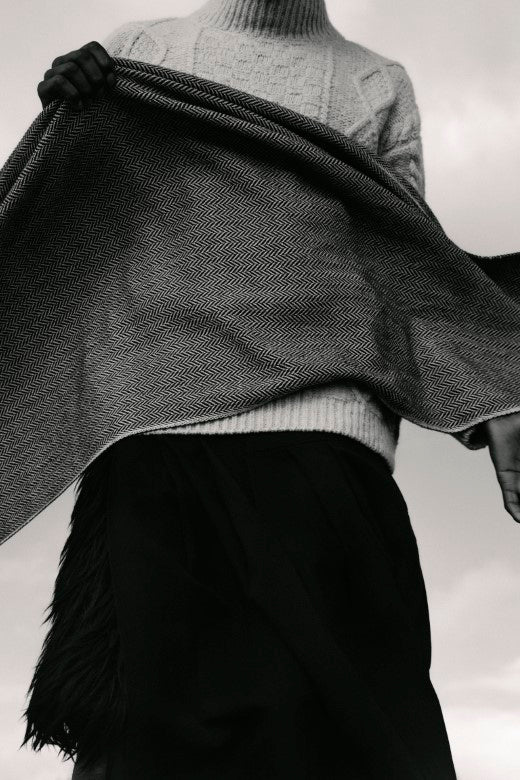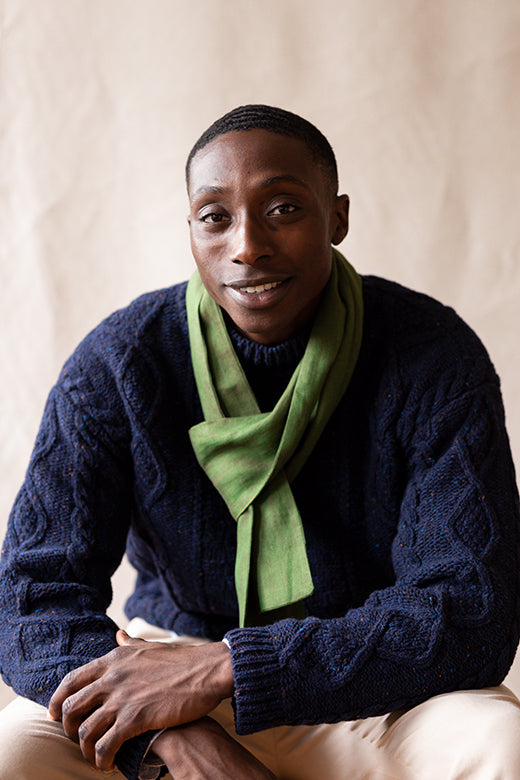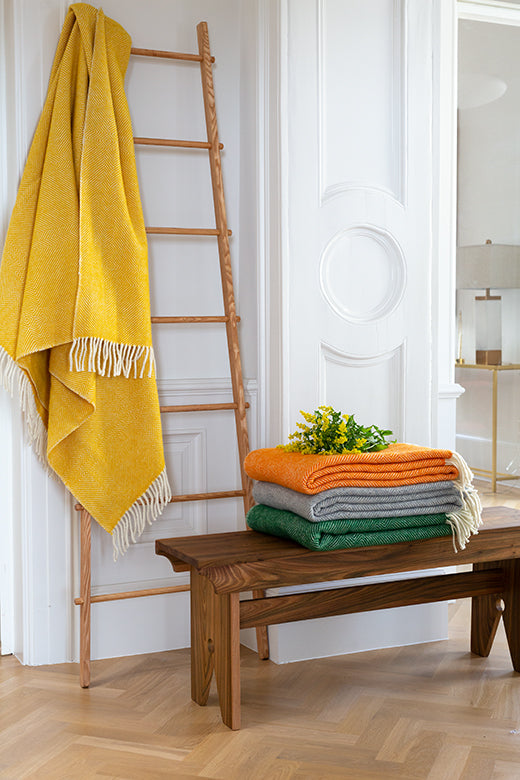>> 15th December is last shipping date for orders to USA & CAN + non-UK/EU <<
>> 15th December is last shipping date for orders to USA & CAN + non-UK/EU <<
Accessories for Home
Accessories to Wear
Women / Men
Lookbooks
The Irish Tricolour

Flown Worldwide with Price
Living Collection

Irish Luxury at Home
STABLE Celebrates

Irish Design Celebrated
The Donegal Aran

Iconic Irish Garmant
Our Story
The STABLE Story of Irish Linen
Subheading
History of Irish Linen
Ireland became expert in linen production as far back as the 17th century and this came about for 2 main reasons.
Previously, wool production in Ireland was in direct competition with and therefore threatened the English woolen industry. Ireland was forced to switch to linen production through support from the local Irish administration through incentives, tariffs and taxes.
At about the same time, the French Huguenots who were being persecuted in France, fled to Ireland bringing with them their unrivaled weaving skills and in some cases their looms and machinery.
The industry grew dramatically and by the 1920's there were over 70,000 people directly employed with approximately 37,000 looms producing linen coveted by the upper classes and royalty across the world.
After successive world wars and the rise of industrial colonial power in parts of Europe and Asia that offered cheaper manufacturing, the Irish linen industry was almost obliterated.
Linen is a natural fabric produced from the flax plant, which has distinctive blue flowers. From prehistory people produced the cloth domestically in Ireland and Irish linen was highly regarded. In the second half of the 18th century, factory production grew and by the 19th, power-driven machinery had become the norm for linen production in Ireland.
Farmers supplied the raw or semi processed material to the mills yet many continued to process and weave the product in the traditional way, producing linen cloth as part of a cottage industry.
Growing flax for the linen industry or weaving linen supplemented many an Irish family’s incomes from farming. All the family were involved in the production. Apart from their farming duties, the women and younger children spun the yarn while the men and older sons harvested the flax or worked on their weaving looms (spinning was seen as women’s work and weaving was done by men).
Most local trade was carried on by cottage industries, some with up to four looms in their homes. Traditionally, the bulk of the processing work was done on the farm. The rotted stem of the flax was beaten with a wooden mallet, then boiled before being rinsed and spun into a coarse yarn and woven into cloth.
Irish linen is renowned for its superior quality. It is a cloth with a complex production process that is delicately woven and intricately designed. The skills which were handed down over generations by Irish spinners and weavers led to a strength and fineness of the yarns and woven cloth. Irish ‘damask’ is woven from pure flax yarns in a way that shows up delicate patterns through the white cloth.
Today, there are only 8 linen producers left on the island of Ireland. At STABLE, It is our goal to champion Irish linen through close partnership with those remaining producers. Its our pleasure to work with the finest experts in linen weaving who produce the original Irish linen for our scarves and other accessories, and for the home in table, bed and bath sets.
Suggested articles
What's next?
Get the first look at exclusives by Ireland's best weavers and makers in Irish design, Irish linen, Irish crafts and Irish gifts.






